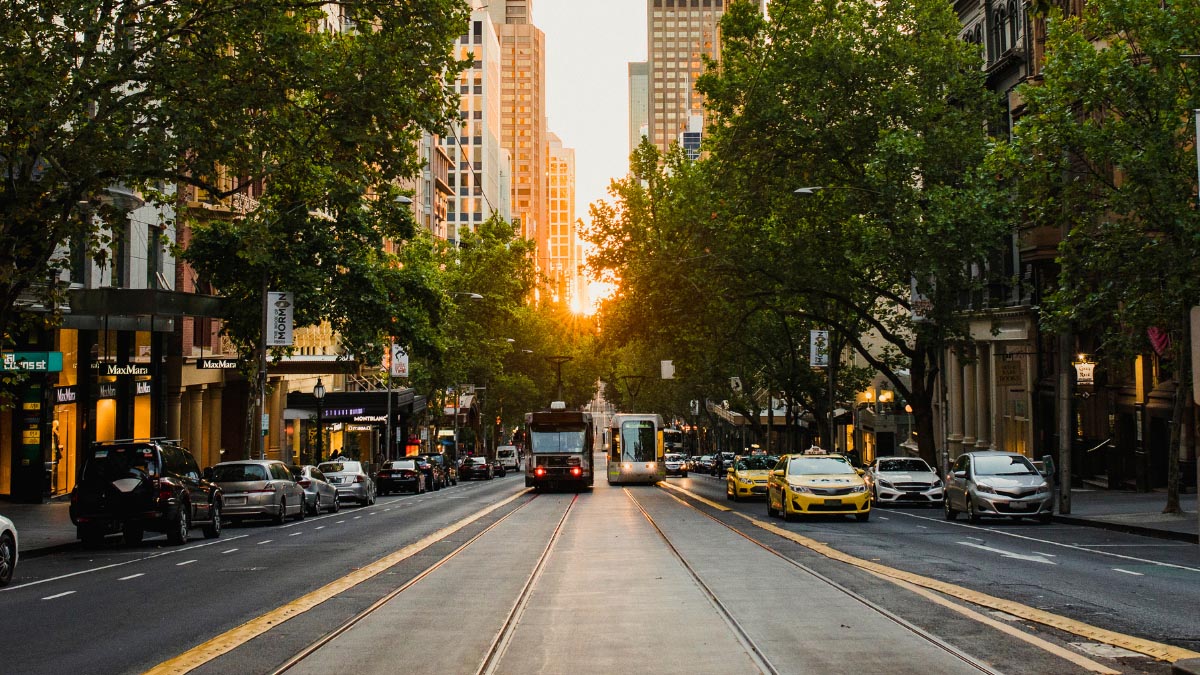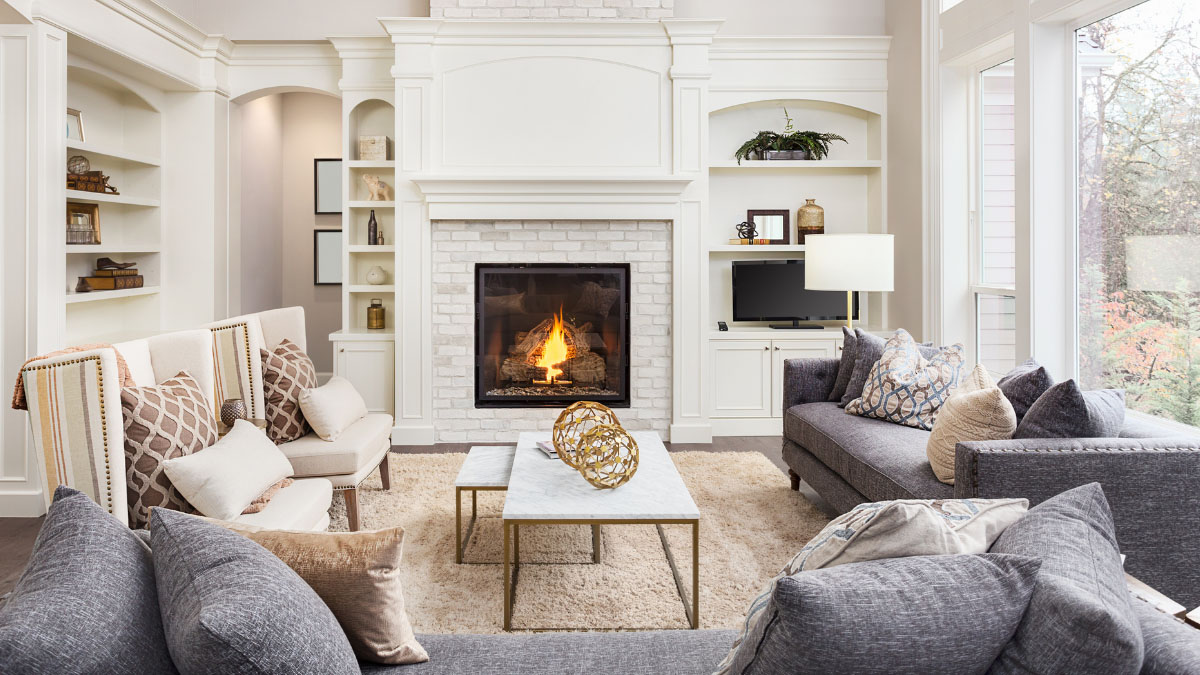5 Location-Based House Hunting Tips
Buying or renting a house can feel a little bit like trying to find that needle in a haystack. Chances are you have a picture in your head of your ideal property, your ideal street, your ideal suburb. But finding a place that at once meets all your criteria and your budget can be tricky.
To aid your house hunting journey, we’ve listed 5 key things for you to focus on in terms of location. We hope they help you narrow down your geographic search and come that bit closer to finding the location and property of your dreams.

5 location-based house hunting tips
There’s a reason the word ‘location’ is so often repeated three times like a mantra: it’s crucial. Which is why we’ve included these 5 key location-based things to consider when house hunting…
1. Research your transport options
In a perfect world, you’ll find a home that’s in close proximity to all the key facets of your life: work, school, recreation, admin. But though we might try sometimes, we can’t always get what we want.
An easy way to compromise is to find a suburb that boasts a range of good transportation options. If you primarily drive, you’ll want to take the time to suss out your different routes to and from work, or to drop off and pick up the kids from school.
You should also consider your public transportation options. It’s always good to have options, so try to find a location that has multiple types of public transport, or a number of different ways to get where you need to go. Even car owners should factor this in for those unforeseen traffic jams or days when the car’s off being serviced.

2. Ensure you have adequate local amenities
It’s great living in your dream home, but arguably a little less so if you have to travel further than anticipated to your nearest supermarket or doctor. A few other key amenities include shopping or entertainment centres, eateries, boutique shops, chemists, hairdressers, sports facilities … the list goes on.
Whichever you value most, take the time to research suburbs that are both within your price range, and which boast a plethora of these amenities that will support your lifestyle today and in the future, and help you avoid feeling stranded and isolated.
3. Consider school zones
To all you parents out there, or those who may one day contemplate starting a family, or any savvy property investors seeking the value-added benefits of buying close to reputable government schools, school zones are another critical factor when house hunting.
Much like roads and public transport, having multiple options is hugely beneficial. This will avoid any unfortunate scenarios, such as being in your dream home, starting a family, then realising you’re not within the catchment area of that ideal government school that meets all your criteria.
If you prefer an alternative pathway for your child, such as private education, and you’re planning to live nearby, it pays to check their capacity first. A number of these institutions have long waiting lists.
It’s also important to remember that school zones can change too, so try to avoid being right on the border of your desired school zone.

4. Find your type of diversity
Be it age, gender, culture, race, religion, sexuality, class or any other form of diversity, living in a community that encompasses a broad spectrum of these has many advantages. For starters, it can open up whole new experiences and perspectives, while also providing a far greater range of services and products.
Diversity also applies to the type of architecture, garden, cars and pets you see on the street. And who doesn’t like seeing a diverse range of dog breeds? No matter what kind of diversity you connect with or relate to, it should become fairly obvious upon walking around the area whether you feel comfortable or not.
And in case you’re wondering, the suburb of Clayton in Melbourne’s South East is the most ethnically diverse suburb in Australia, according to a recent census.
5. Access to natural gas and other key utilities
Before you settle on a particular location, you should always check to ensure that your desired street and suburb has access to things like the latest internet cabling, decent cellular network coverage, and natural gas of course.
The last thing you want is to move into your supposed dream home, plug your wi-fi router in and notice incredibly clunky, 2006-era ADSL speeds; or to excitedly call your friends and family on move-in day only to realise you don’t get any mobile phone reception in your living room; or to be cooking your very first meal and realise you can’t cook with gas and that you’re stuck with inferior electric hobs.
The fact is, natural gas is efficient and affordable. It transforms winter into a warm and cosy delight, gives you complete control in the kitchen (the phrase is ‘cooking with gas’ after all), and means no one has to miss out on a hot shower, even if your household is the size of a footy team.
Not only do gas appliances provide so many performance benefits, you are also likely to benefit from some significant cost savings and lower emissions compared to using electricity from the grid. Plus, unlike electricity, the gas usage tariff usually declines when you use more gas appliances in your home.
If you’re looking at properties in Melbourne’s inner and outer east, the Yarra Ranges or South Gippsland, you can check to see if your desired streets and suburbs are powered by natural gas using our simple tool.

At the end of the day, we can’t stress enough the importance of boots on the ground when it comes to finding your optimal location.
Get out there. Walk around. Soak up the atmosphere in each of your shortlisted suburbs. Ideally, make a day of it. Grab some brunch. Peruse the shops. Maybe even stop and chat to a few residents if they seem friendly enough. And try to imagine yourself living there day-to-day.
In our next Multinet blog post, we’ll be honing in on property-based things to look out for when inspecting and considering the actual property itself.
In the meantime, please head over to our blog for more reading materials, or learn why so many other Aussies are getting their homes connected to natural gas here.


 Leak 132 691
Leak 132 691
 Fault 132 691
Fault 132 691
 General 1300 887 501
General 1300 887 501